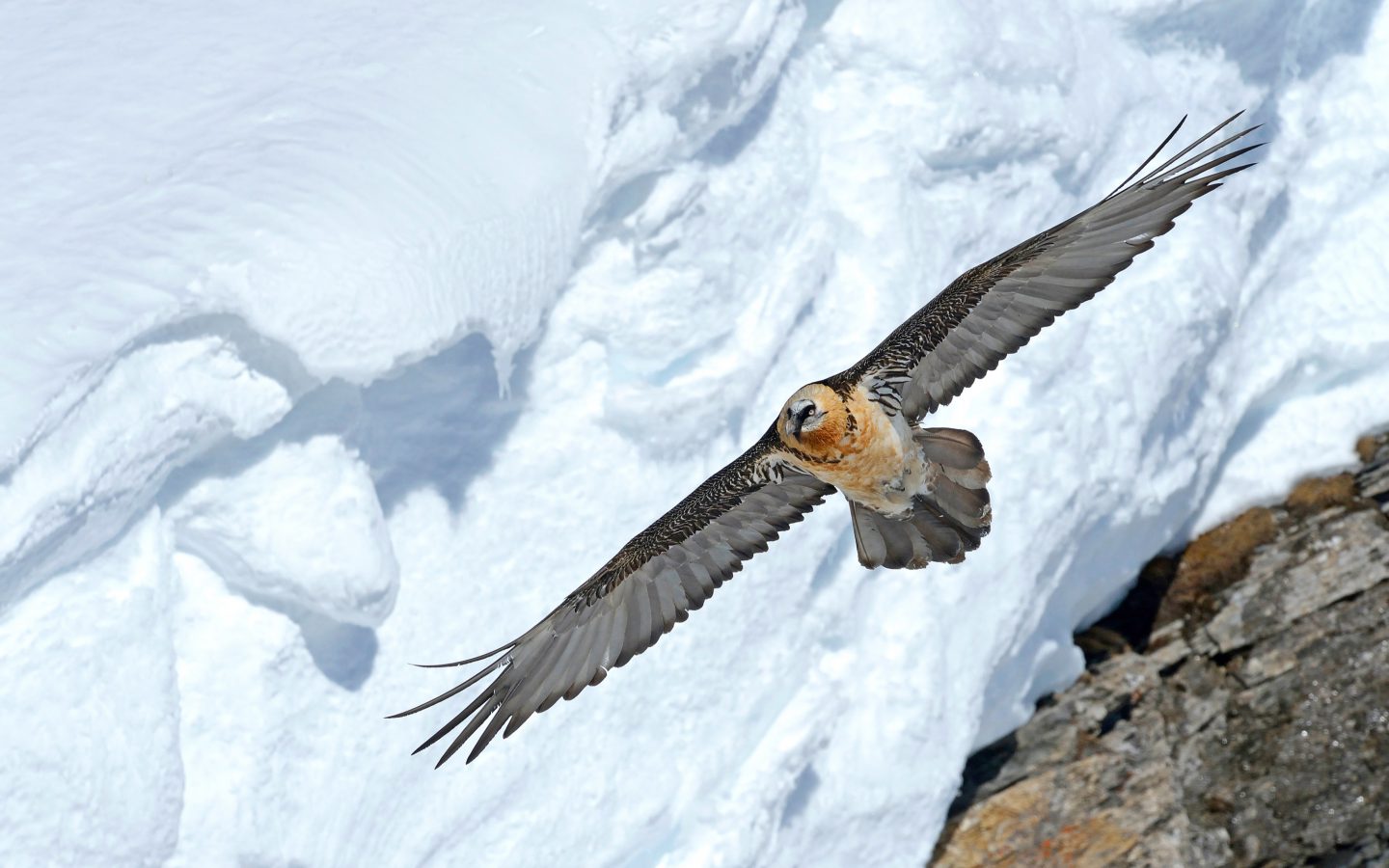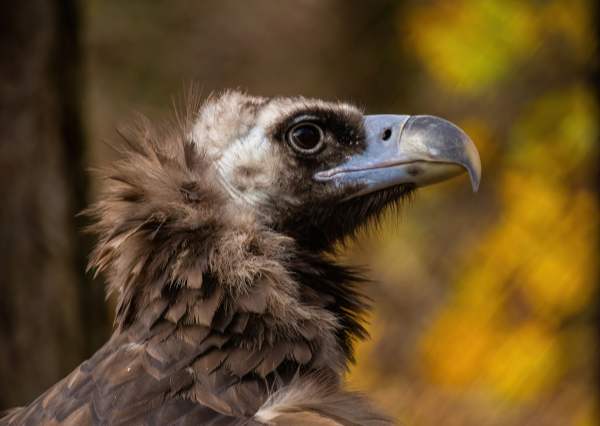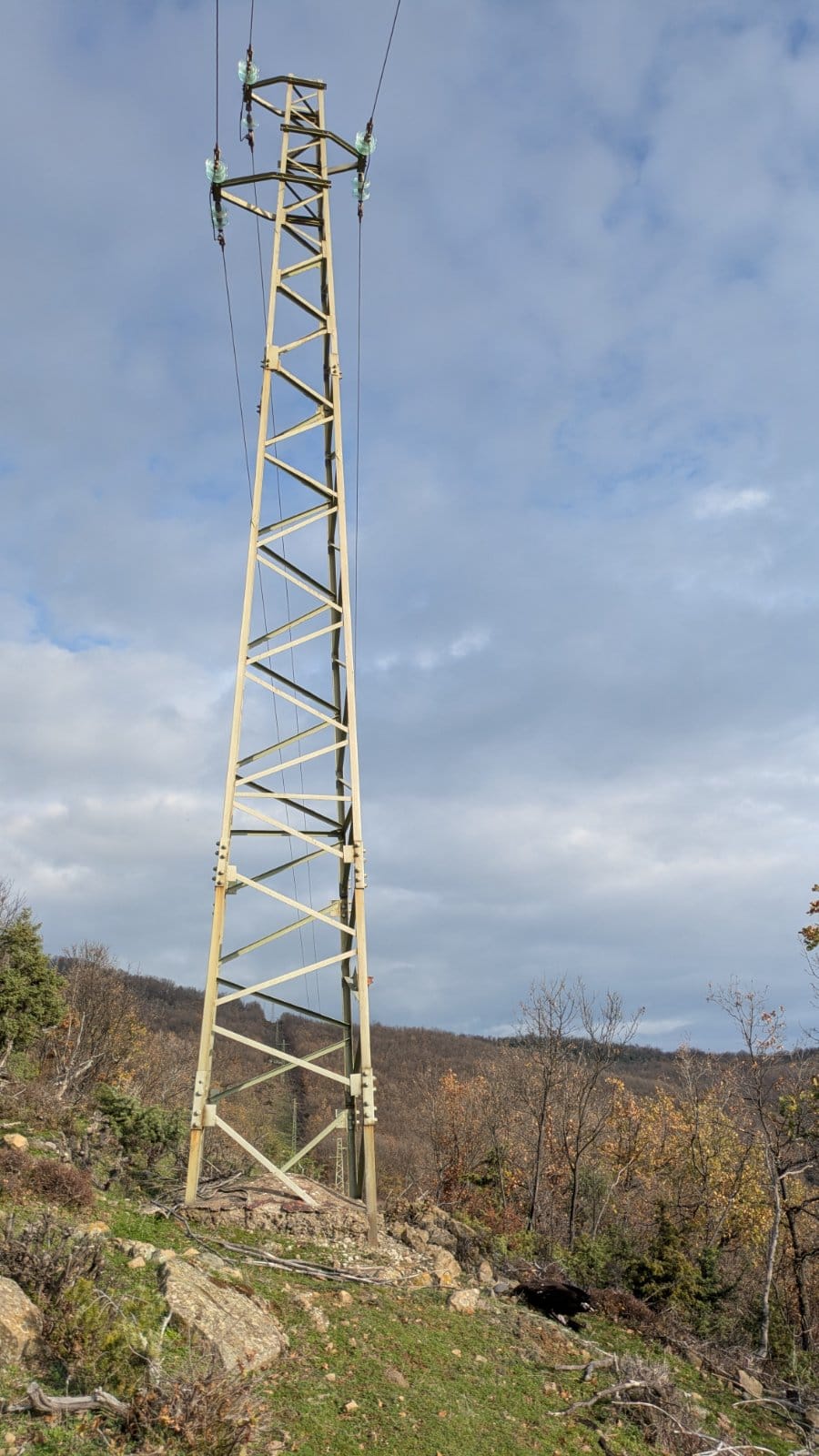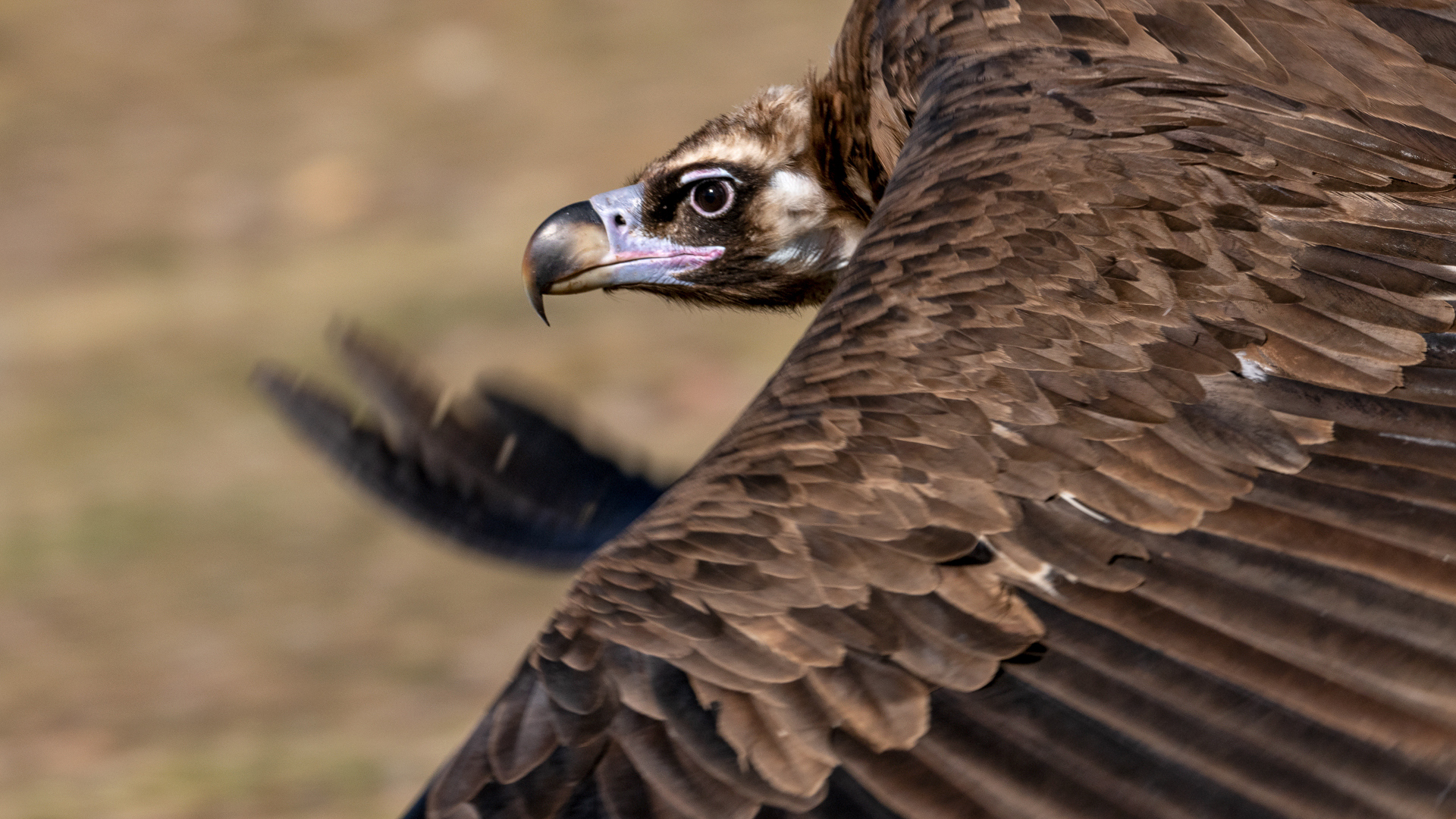In a promising turn for wildlife conservation, eight Cinereous Vulture chicks were reared in Bulgaria during the 2025 breeding season — the highest number recorded since the species was reintroduced to the country. Once extinct as a breeding species, the Cinereous Vulture is gradually re-establishing itself across Bulgaria’s mountainous regions, signalling steady progress toward long-term recovery.
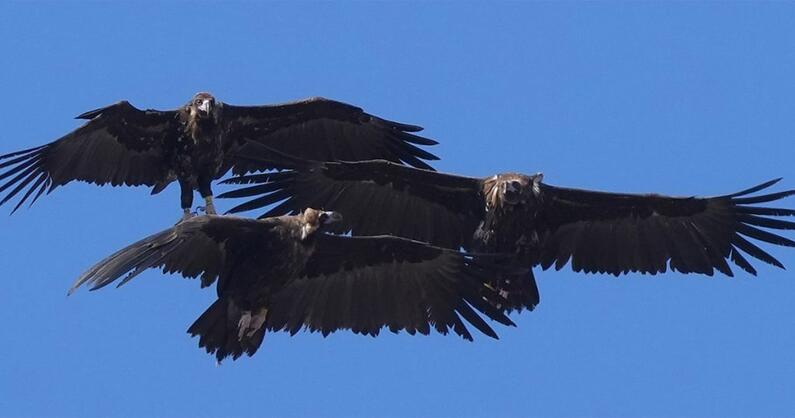
A new high for a recovering species
This year, 12 to 13 territorial pairs were observed nesting, with eight pairs raising chicks.
The successful nests were evenly split between two key mountain regions: Vratsa Balkan with 4 pairs and Kotel Balkan with 4 pairs.
Breeding pairs included:
- Marto & Kamchia
- Balkan & Dobrudzha
- Varshets & Kotlya
- Zlosten & Montana
- Khristovich & Raizera
- Vratsa Balkan & Kutelka
- Dzhuninski & Joanita
- Kotel & VCF Know-how
Unfortunately, one female — Kutelka — died during the breeding period. Her chick was rescued and transferred to the Green Balkans Wildlife Rescue Centre.

A joint conservation effort
The return of the Cinereous Vulture is the result of years of dedicated conservation work by Bulgarian organizations such as Green Balkans, the Fund for Wild Flora and Fauna, and the Society for the Protection of Birds of Prey, in cooperation with international partners including the Vulture Conservation Foundation (VCF).
Since 2018, more than 100 Cinereous Vultures were released in Bulgaria through the Vultures Back to LIFE y Bearded Vulture LIFE projects, both co-funded by the European Union’s LIFE Programme.
Most of the released vultures were rescued from the wild in Spain and donated primarily by the regional government of Extremadura (Junta de Extremadura), with additional contributions from Andalusia (Junta de Andalucía). They were then quarantined at the wildlife rescue centre AMUS and transferred to Bulgaria by the VCF. Some birds were also donated by the EAZA zoo network’s ex-situ breeding programme (EEP).
Releasing birds is only part of the challenge. Conservation teams have worked extensively to reduce threats and improve survival conditions by insulating power lines, combating illegal poisoning, installing artificial nests and maintaining feeding stations.

A timeline of recovery
Declared extinct as a breeding species in 1985, the Cinereous Vulture began its return only after years of preparation. A key breakthrough came in 2021, with the first fledged chick born in the wild since reintroduction began.
Progress has steadily continued:
- 2021: 1 chick
- 2022: 1 chick
- 2023: 3 chicks
- 2024: 5 chicks
- 2025: 8 chicks
Field experts consider the population to be in the “establishment” phase. Once 10 or more chicks fledge per year and locally born birds begin to breed, the species may be considered self-sustaining in the wild.
The Bearded Vulture LIFE Project

The “Bearded Vulture LIFE” project is a comprehensive initiative, aiming to restore the Bearded Vulture and Cinereous Vulture across Bulgaria and the Balkans. With a budget of €5.17 million, co-funded by the European Union’s LIFE Programme, the project commenced in August 2023 and is expected to continue until 2030. Building upon the achievements of its predecessor, “Vultures Back to Life,” it is coordinated by Green Balkans, with five more partner organizations within Bulgaria, including the Fund for Wild Flora and Fauna, Foundation EkoObshtnost, EVN – Elektropradelenie Yug EAD, Severozapadno Darzhavno Predpriyatie – Vratsa, and “Sinite kamani” Nature Park Directorate. Furthermore, the project benefits from international collaboration, including the Vulture Conservation Foundation (VCF), responsible for the translocation and safeguarding of captive-bred birds secured for release. Additionally, the partner Milvus group is responsible for executing conservation efforts in Romania.

